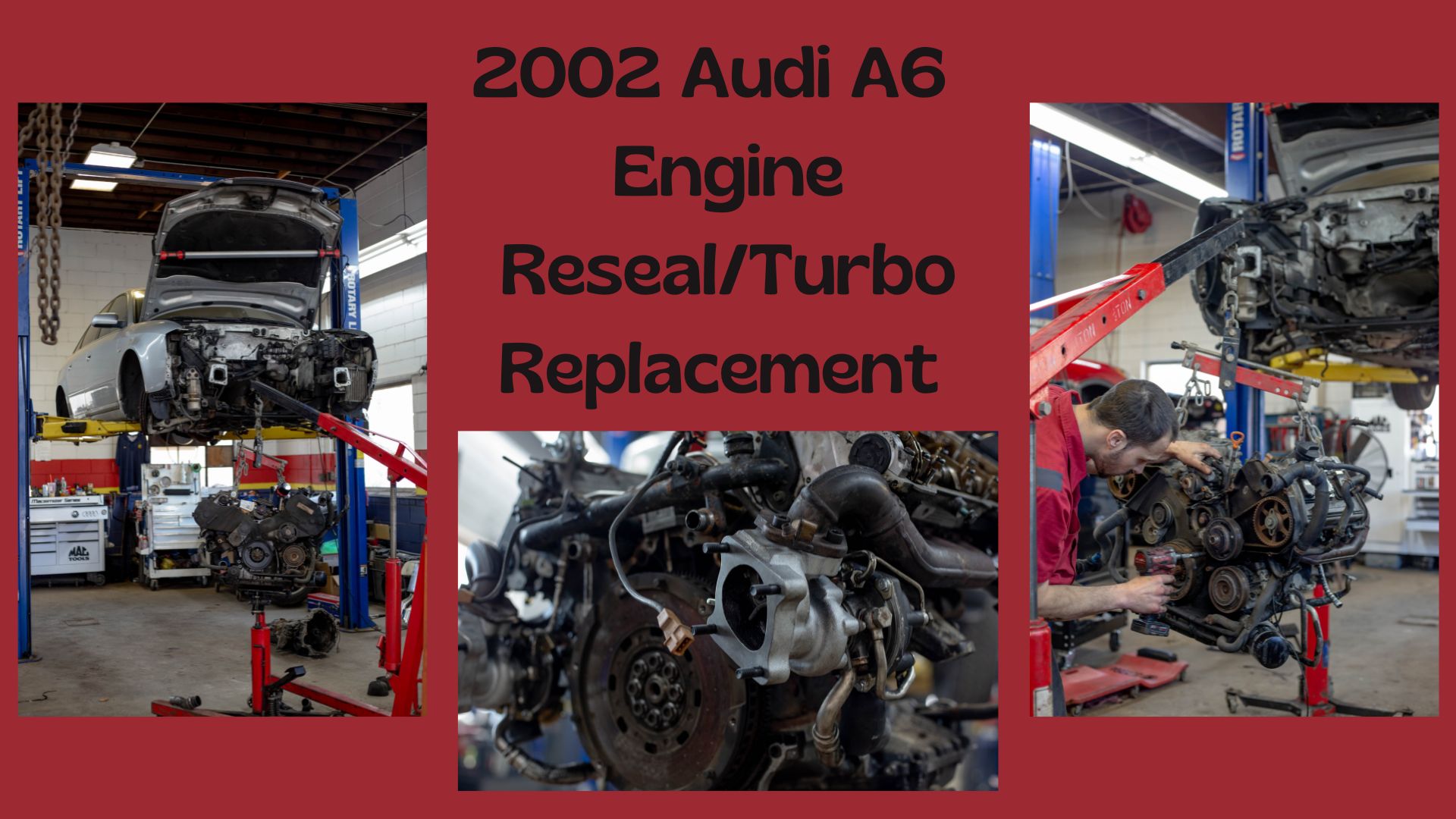Posted on 7/10/2024

Are you a proud owner of a GM vehicle equipped with the 2.4 liter Ecotec motor? Or perhaps you're considering purchasing one? While this engine has gained popularity for its fuel efficiency and performance in various models, it's not without its share of issues that owners and potential buyers should be aware of. In this blog post, we'll get into some of the common problems associated with the Chevy 2.4 liter Ecotec motor, providing insights to help you make informed decisions. This motor was developed by General Motors with efficiency and fuel economy in mind for daily driving applications. It is an inline 4 cylinder that produces 164 - 182 hp and about 172 lb-ft of torque. It features direct injection, dual overhead cams, and variable valve timing. It can be found in cars such as the Chevrolet Captiva, Chevrolet Equinox, GMC Terrain, Buick Verano (CX/CXL), and B ... read more
Posted on 3/27/2024

Understanding Fuel Octanes: How They Impact Your Car's Performance When you pull up to the gas station, you're often faced with a choice: regular, mid-grade, or premium fuel. While the price difference between these options may catch your eye, what's more important is understanding the significance of their octane ratings and how they can affect your vehicle's performance. Let's dive into the world of fuel octane and unravel the mystery behind this crucial aspect of engine optimization ... read more
Posted on 5/17/2023

Here we have a 2002 Audi A6 Quattro with a 2.7L V6 Bi-Turbo suited with a manual transmission with 260,000 miles on the clock. This car had a coolant leak between the engine and the transmission right above the rear main seal, both turbos leaking oil and one with a cracked wastegate seat, valve covers leaking, power steering fluid leaking, exhaust rotting away, and many other issues. This poor Audi was still going with the owner topping off fluids weekly as needed until the starter decided it was time. After putting it on the lift and seeing where the coolant leak was, the customer agreed with the technician that the starter would be easier to do with the engine removed, which was the only way to be able to change the bad turbos and fix the coolant leak. After removing the engine we gained access to the rear main seal and the coolant jacket above it which was also leaking, as well as now being able to replace the bad turbo. Having the engine removed made refreshing this ... read more
Posted on 2/27/2023

Here we have a 2013 Nissan NV2500 V8 that has suffered what we call “catastrophic failure”. Upon inspection, our tech Jay found that multiple connecting rods blew a hole clear through the oil pan sending shrapnel and oil all over the road, and cracking a couple of the pistons. The connecting rod links the crankshaft and the piston together, and takes the abuse of every single explosion the combustion chamber brings. These rods push the crankshaft and cause it to spin, which spins everything else in the motor as well. Now, this is not a normal issue that we run into every day, but unfortunately, we have seen it many times in the past. This kind of failure happens due to a lack of lubrication. Without proper lubrication, there is more friction which causes things to wear faster or fail. A couple of reasons why you might run into lubrication problems could be from old oil that has lost its viscosity, water in the oil, a bad oil pump, clogged oil ports, oil burning, or not eno ... read more
Posted on 1/23/2023
%20-%20Copy%201.png)
GMC Acadia, Crank But No Start. Here we have a GMC Acadia with a crank but no start condition. No matter how long you try to crank the engine, the most you may get is a sputter if you're lucky. After running a few diagnostic tests, our technician Jay was able to prove that the SUV has spark and fuel, which leaves only one thing left to test for, compression. After compression testing the cylinders and also adding compressed air into the spark plug holes, (also known as a cylinder leak down test) he was able to confirm that the engine does not have good compression and is also leaking air into the intake and exhaust manifolds. Digging a little deeper proves the engine is out of time, this is a very common issue with these engines as the timing chain stretches and the guides wear down past the point the tensioner can keep the engine in time. Timing in an engine simply put is the synchronization of the top half of the engine (camsh ... read more